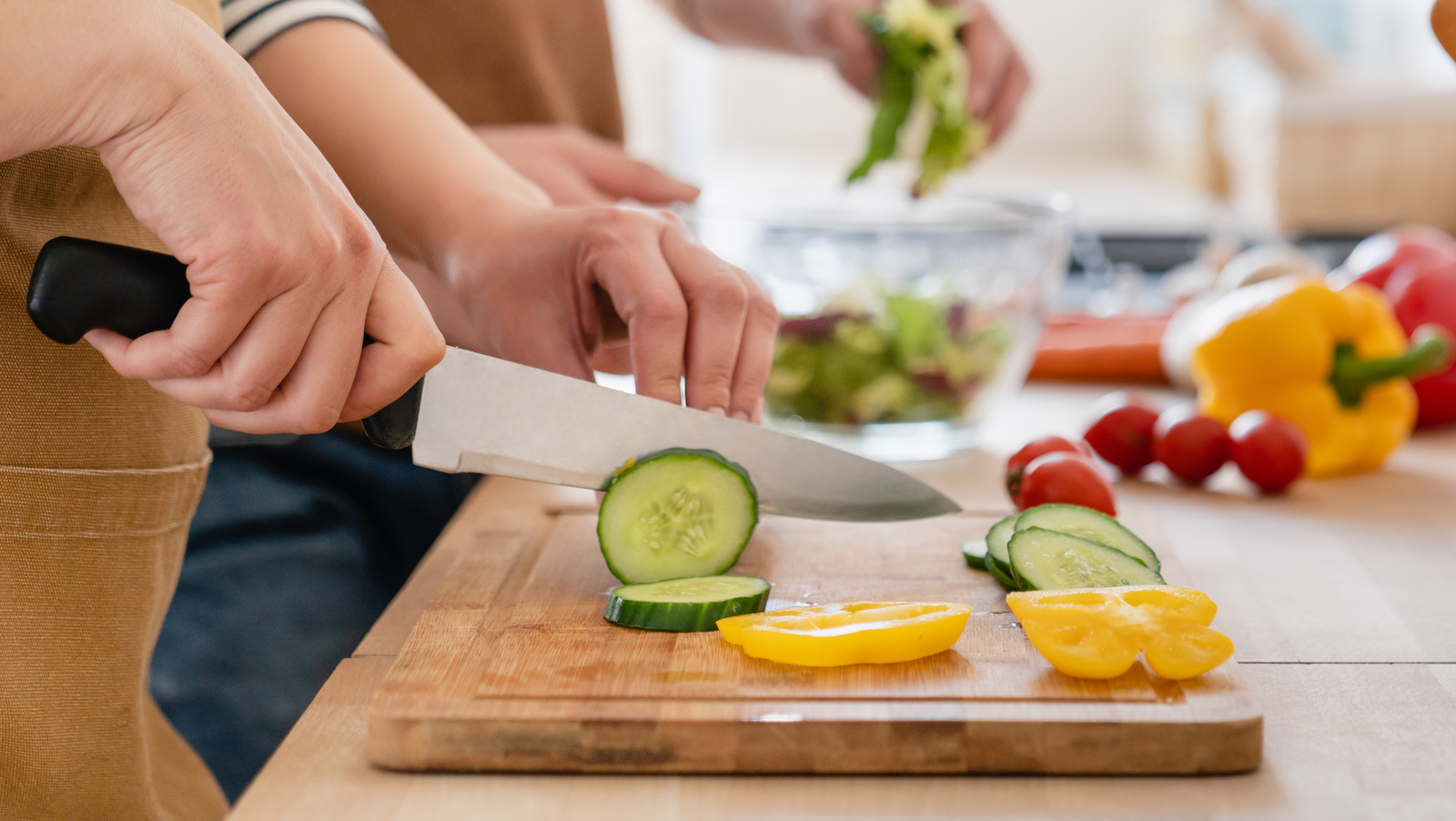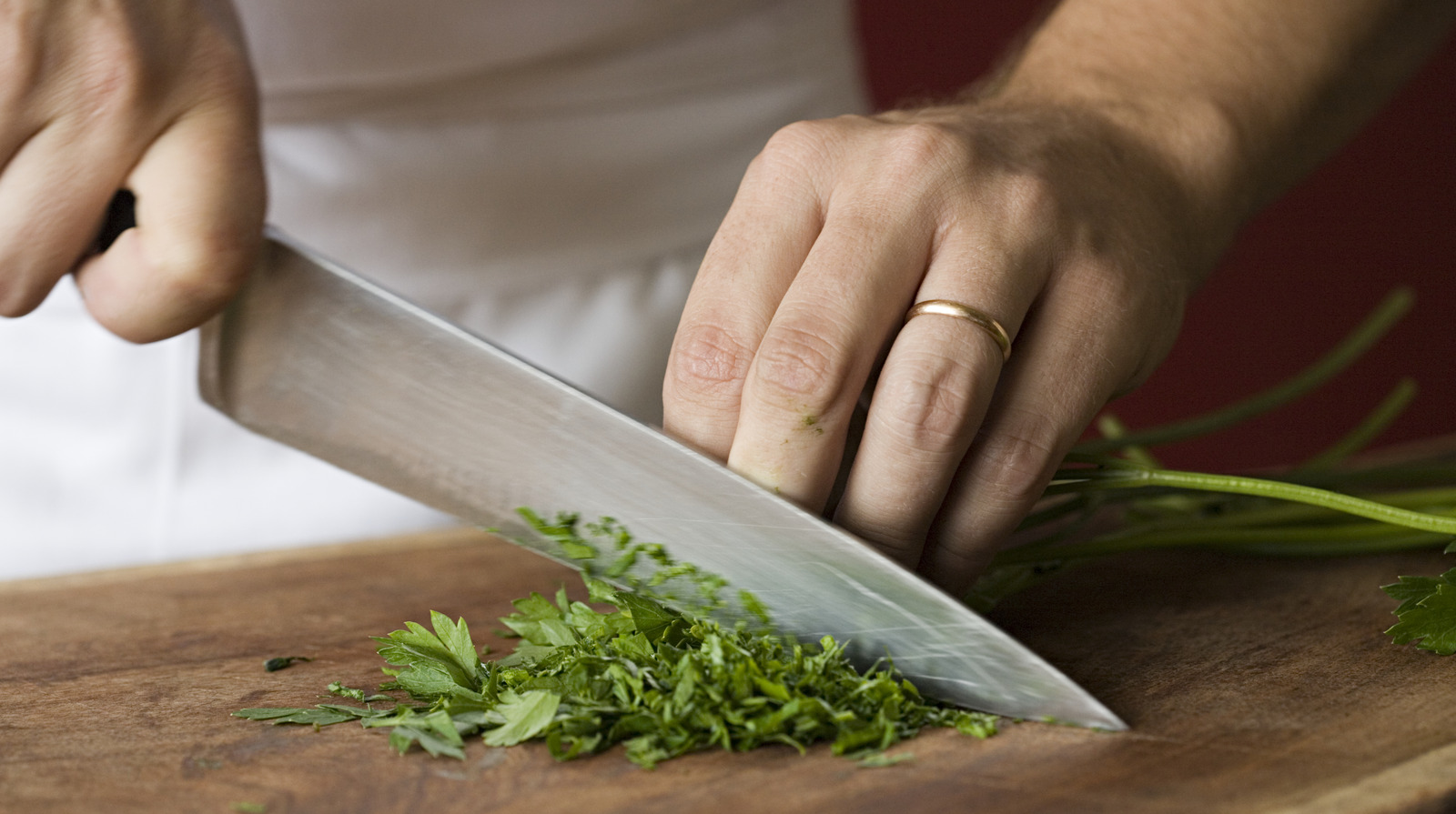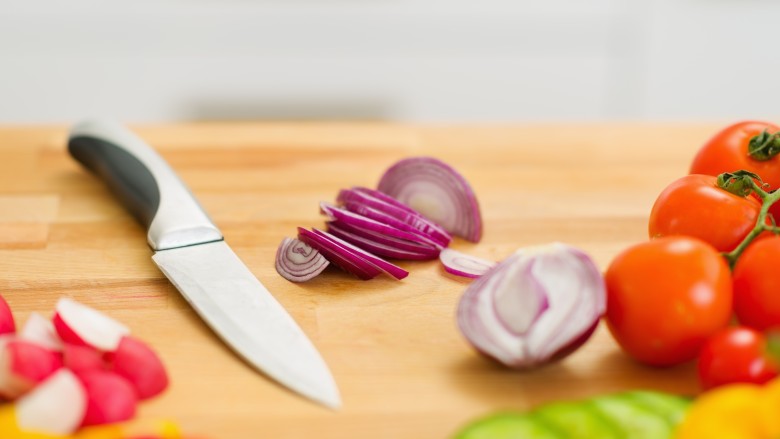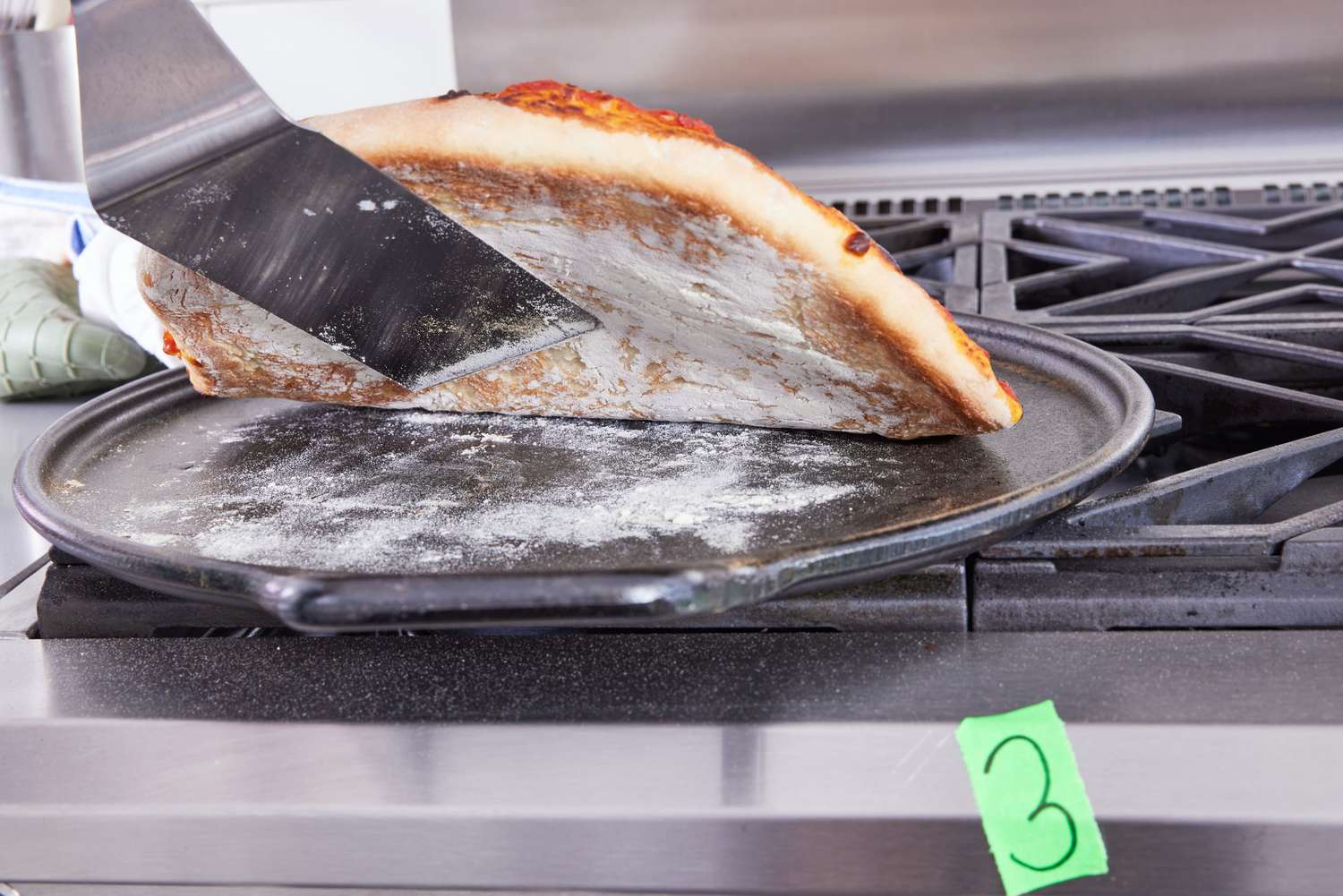Wooden cutting boards have long been a kitchen staple for professional chefs and home cooks alike. Theyre sturdy, durable, and gentle on knives. However, with frequent use, these boards can harbor strong odors, especially after handling onions, garlic, or raw meat. If youre wondering how to deodorize wood cutting board effectively, this article walks you through easy, professional-grade methods to keep your cutting board fresh and odor-free.
Eliminating unpleasant odors is not only about maintaining aesthetics but also about ensuring hygiene in the busy kitchen environment. Lets dive into methods shared by kitchen professionals that not only work but also extend the life of your wooden cutting board.

Why Does Your Wood Cutting Board Retain Odors?
Wood acts as a natural porous material, which makes it ideal for cutting tasks because it preserves your knives. However, those same tiny pores absorb liquids, oils, and residues, which can lead to a build-up of strong smells over time. Issues often arise when the board isnt cleaned thoroughly post-use or if acidic ingredients like vinegar make their way deep into the grain.
Professional kitchen teams often encounter boards with lingering smells, especially after chopping aromatic foods like garlic or fish. The good news? Proven methods can neutralize those odors for good.
Step-by-Step Methods for Deodorizing Wooden Cutting Boards
1. Use Lemon and Salt for Natural Freshness
One of the oldest and most effective remedies is a combination of lemon and coarse salt. Heres how you can do it:
- Sprinkle a generous amount of coarse salt over the boards surface.
- Take half a lemon and scrub the board with it, allowing the juice to mix with the salt while absorbing odors.
- Let it sit for 5-10 minutes before rinsing with warm water.
This method not only deodorizes but also exfoliates the board, removing particles trapped in its surface.
2. Baking Soda: A Professionals Go-To Solution
Baking soda is well-known for its odor-neutralizing properties and is a staple in commercial kitchens. To easily treat your board:
- Make a thick paste of baking soda and water.
- Spread it evenly across the board and let it sit for 10-15 minutes.
- Scrub lightly with a sponge and rinse thoroughly with warm water.
This method works exceptionally well when dealing with tougher odors caused by acidic or strongly aromatic foods.
3. White Vinegar for Strong Odor Neutralization
White vinegar is another excellent cleaning agent for your wood cutting board. Vinegars acidic properties kill bacteria and neutralize odors that may have penetrated deeper into the wood.
How to use:
- Mix equal parts white vinegar and water in a spray bottle.
- Spray the solution generously across the boards surface.
- Allow the liquid to penetrate for 5-10 minutes before rinsing with warm water.
- Dry the board immediately using a clean towel.
Keep in mind that frequent use of vinegar can dry out your cutting board, so this method is best followed up with a good conditioning oil. Learn more about using mineral oil to maintain your board's durability.
4. Activated Charcoal for Persistent Odors
Some smells are notoriously stubborn to remove. In these cases, activated charcoal can help you effectively deodorize while naturally detoxifying your board.
- Sprinkle a thin layer of food-safe activated charcoal over the problem areas.
- Let it sit for 20-30 minutes before washing with warm, soapy water.
This method is particularly useful for kitchen professionals who work with rich and aromatic foods often.
Maintenance Tips to Prevent Odors
Regular Cleaning After Each Use
Prevention is always better than cure. Make it a habit to clean your cutting board immediately after use to stop residues and smells from settling in. A quick scrub with warm, soapy water can go a long way.
Dry Your Wood Board Thoroughly
Always dry your cutting board immediately after washing. Leaving it in a wet state can allow odor-causing bacteria to thrive within the wood grain.
Conditioning with Oil
To maintain the longevity of your cutting board, regularly apply food-safe mineral oil. Check out a detailed guide on how many coats of mineral oil are necessary for a new cutting board.

FAQ
1. How Often Should I Deodorize My Cutting Board?
If youre using your cutting board daily, its recommended to deodorize weekly or after cutting strong-smelling foods.
2. Can I Use Dish Soap Alone to Remove Odors?
Dish soap can remove surface residues but is not as effective in fully neutralizing deep-set odors in wooden boards.
3. Will Deodorizing Methods Damage My Board?
If performed using gentle, food-safe methods, these techniques are not damaging and will, in fact, extend the lifespan of your wooden cutting board.
For a thorough guide on cutting board safety, check out cutting board hygiene tips.
By following these tips on how to deodorize wood cutting board, you can ensure a clean and professional kitchen space, free from unwanted smells. Remember, proactive care not only keeps your board fresh but also makes your kitchen work more hygienic and enjoyable.
This article contains affiliate links. We may earn a commission at no extra cost to you.






Leave a comment
This site is protected by hCaptcha and the hCaptcha Privacy Policy and Terms of Service apply.